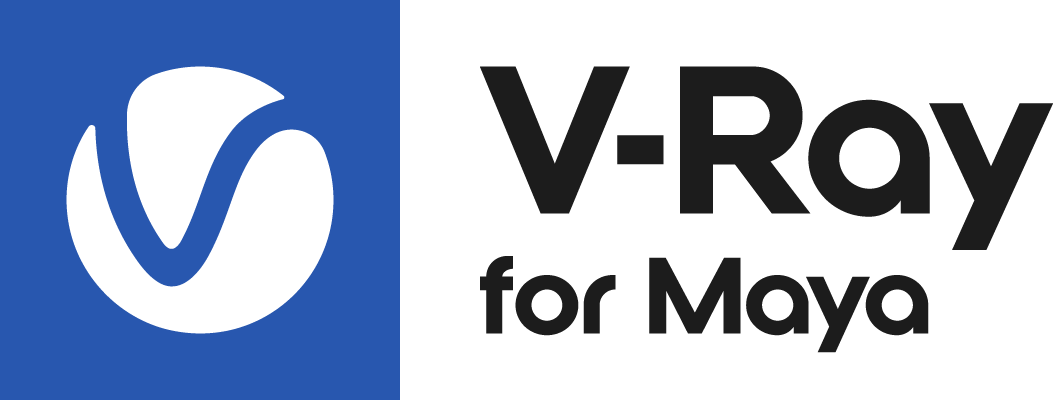Page History
| HideElements | ||
|---|---|---|
|
This page provides information on the Camera settings attributes that are part of the V-Ray Camera Attributes.
...
| Section | |||||||||||||||||
|---|---|---|---|---|---|---|---|---|---|---|---|---|---|---|---|---|---|
|
Camera Settings Attributes
...
| Section | |||||||||||||||||
|---|---|---|---|---|---|---|---|---|---|---|---|---|---|---|---|---|---|
|
| Anchor | ||||
|---|---|---|---|---|
|
...
The images below show the differences between camera types:
...
| Section | ||||||
|---|---|---|---|---|---|---|
|
| Section | ||||||
|---|---|---|---|---|---|---|
|
| Anchor | ||||
|---|---|---|---|---|
|
...
Example: Camera Types Explained
...
| Section | ||||||
|---|---|---|---|---|---|---|
|
...
...
| Expand | |||||
|---|---|---|---|---|---|
| |||||
|











